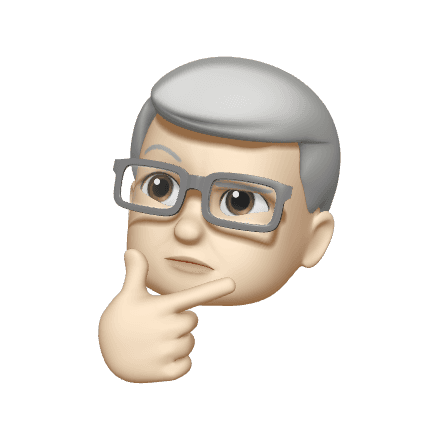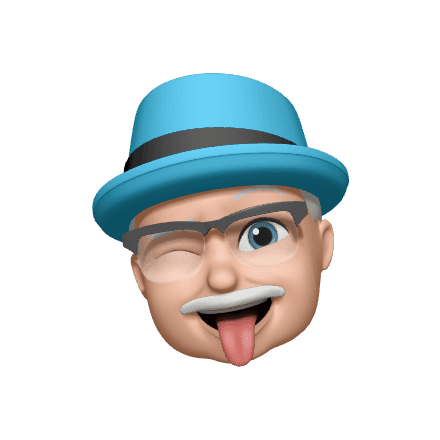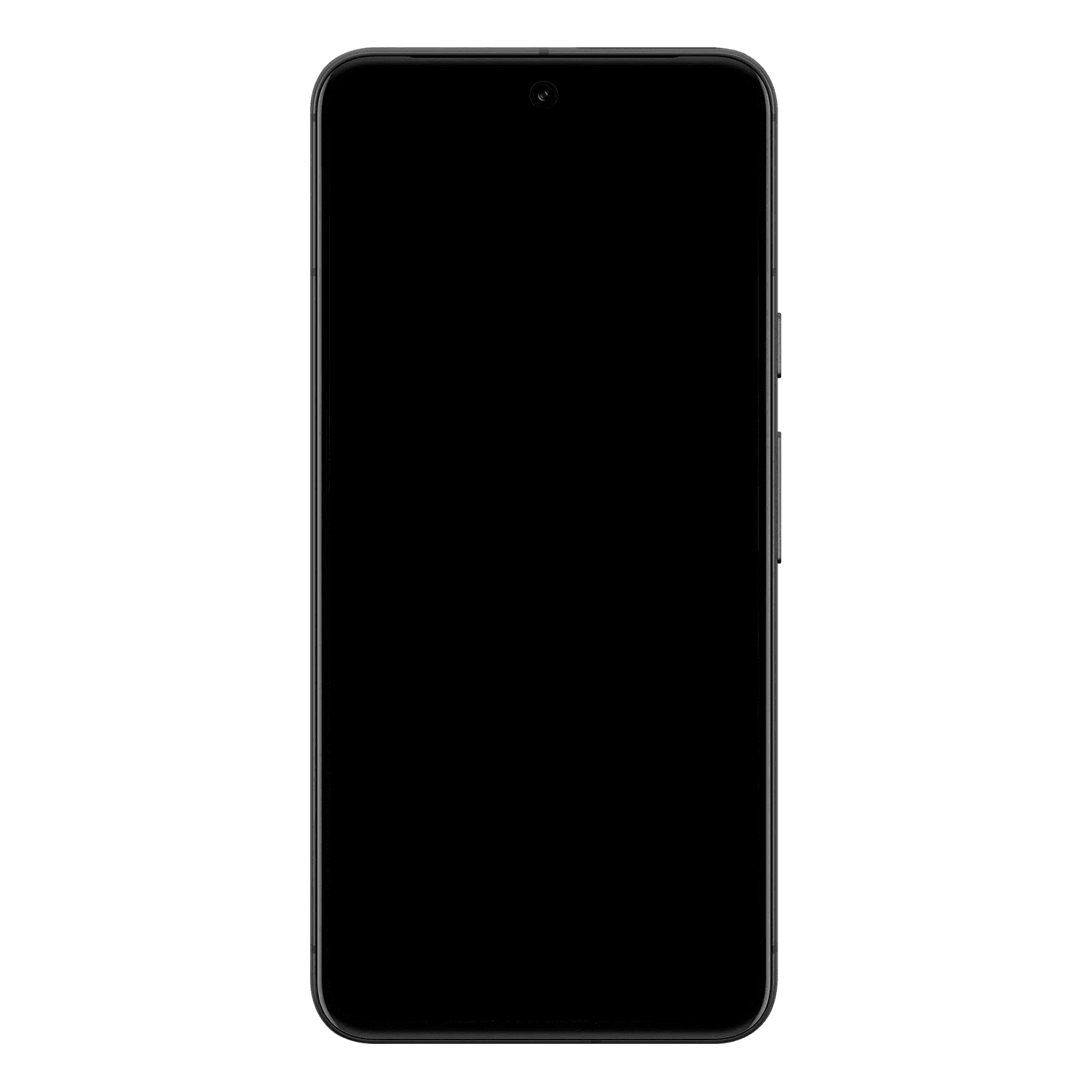




RADIUS
RADIUS
A B2B e-commerce hub to help manage and fulfill your auto aftermarket needs
A B2B e-commerce hub to help manage and fulfill your auto aftermarket needs








Introduction: Revamping ATD's Automotive Aftermarket Experience
Introduction: Revamping ATD's Automotive Aftermarket Experience
American Tire Distributor's (ATD) old e-commerce platform presented significant challenges for auto shop owners. The platform lacked user-friendly navigation, seamless product discovery, and an efficient checkout process. The experience was disjointed, slow, and heavily focused on inventory and pricing, rather than supporting the operational needs of shop owners.
To solve these issues, we led the replatforming of ATD’s e-commerce experience, creating Radius, a modern, intuitive, and scalable solution designed to streamline the purchasing process.
As a UX Designer, I collaborated with a team of four to identify key pain points, conduct research, and lead usability testing. Using Figma, I designed interactive prototypes and implemented data-driven design iterations to enhance the user experience.
American Tire Distributor's (ATD) old e-commerce platform presented significant challenges for auto shop owners. The platform lacked user-friendly navigation, seamless product discovery, and an efficient checkout process. The experience was disjointed, slow, and heavily focused on inventory and pricing, rather than supporting the operational needs of shop owners.
To solve these issues, we led the replatforming of ATD’s e-commerce experience, creating Radius, a modern, intuitive, and scalable solution designed to streamline the purchasing process.
As a UX Designer, I collaborated with a team of four to identify key pain points, conduct research, and lead usability testing. Using Figma, I designed interactive prototypes and implemented data-driven design iterations to enhance the user experience.
Spotting Hurdles
Spotting Hurdles
After jumping into this revamp, we quickly realized the scale of challenges ahead. The old ATD website was inefficient and clunky, with fragmented features that frustrated users. We knew there was room to transform the experience, but we needed to understand the specific pain points faced by auto shop owners and employees.
To gather insights, I helped conducted over 100 interviews with auto shop professionals, delving into their daily struggles with the platform. Our goal was to identify the root causes of inefficiencies and missed opportunities.
Here’s what we uncovered at a high level:
After jumping into this revamp, we quickly realized the scale of challenges ahead. The old ATD website was inefficient and clunky, with fragmented features that frustrated users. We knew there was room to transform the experience, but we needed to understand the specific pain points faced by auto shop owners and employees.
To gather insights, I helped conducted over 100 interviews with auto shop professionals, delving into their daily struggles with the platform. Our goal was to identify the root causes of inefficiencies and missed opportunities.
Here’s what we uncovered at a high level:
Complex Navigation
Complex Navigation
Users spent excessive time searching for parts and tires, often getting lost in redundant search flows. Cluttered pages, confusing filters, and frequent errors forced users to restart searches, disrupting productivity for businesses of all sizes.
Users spent excessive time searching for parts and tires, often getting lost in redundant search flows. Cluttered pages, confusing filters, and frequent errors forced users to restart searches, disrupting productivity for businesses of all sizes.
Disjointed Systems
Disjointed Systems
Users were forced to juggle multiple tools for core tasks such as inventory management, order tracking, and reporting. This fragmented experience led to errors, inefficiency, and duplication of effort. Many reported spending hours daily switching between tabs or using workarounds.
Users were forced to juggle multiple tools for core tasks such as inventory management, order tracking, and reporting. This fragmented experience led to errors, inefficiency, and duplication of effort. Many reported spending hours daily switching between tabs or using workarounds.
Outdated User Experience
Outdated User Experience
Before Radius, the legacy system lacked intuitive navigation, requiring users to jump through multiple steps to find essential parts and tires. The outdated interface led to frequent order errors, slow load times, and frustration for auto shop owners trying to streamline their operations.
Before Radius, the legacy system lacked intuitive navigation, requiring users to jump through multiple steps to find essential parts and tires. The outdated interface led to frequent order errors, slow load times, and frustration for auto shop owners trying to streamline their operations.
😡
Every filter change makes me start over!
📞
I gave up and called customer support.
⏳
I can’t find the right tires fast enough.
🔄
The search keeps breaking my workflow.
🖱️
Too many clicks just to place one order.
🤯
The product listing pages are a mess.
⏳
The system doesn’t load fast enough.
📋
The admin settings are a nightmare.
📄
Creating quotes are a nightmare
❌
Data in one tab never matches another.
🛞
There never seems to be the right amount of inventory
😮💨
🖥️
I have three tabs open just to check stock.
🏋️
Even basic tasks are harder than they should be.
It takes forever to load anything.
⏱️
❄️
Pages keep crashing or freezing.
📲
It’s impossible to use on my phone.
📼
It looks like something from 2006.
🤕
📚
The menus and layout are overwhelming.
😡
Every filter change makes me start over!
📞
I gave up and called customer support.
⏳
I can’t find the right tires fast enough.
🔄
The search keeps breaking my workflow.
🖱️
Too many clicks just to place one order.
🤯
The product listing pages are a mess.
⏳
The system doesn’t load fast enough.
📋
The admin settings are a nightmare.
📄
Creating quotes are a nightmare
❌
Data in one tab never matches another.
🛞
There never seems to be the right amount of inventory
😮💨
🖥️
I have three tabs open just to check stock.
🏋️
Even basic tasks are harder than they should be.
It takes forever to load anything.
⏱️
❄️
Pages keep crashing or freezing.
📲
It’s impossible to use on my phone.
📼
It looks like something from 2006.
🤕
📚
The menus and layout are overwhelming.
😡
Every filter change makes me start over!
📞
I gave up and called customer support.
⏳
I can’t find the right tires fast enough.
🔄
The search keeps breaking my workflow.
🖱️
Too many clicks just to place one order.
🤯
The product listing pages are a mess.
⏳
The system doesn’t load fast enough.
📋
The admin settings are a nightmare.
📄
Creating quotes are a nightmare
❌
Data in one tab never matches another.
🛞
There never seems to be the right amount of inventory
😮💨
🖥️
I have three tabs open just to check stock.
🏋️
Even basic tasks are harder than they should be.
It takes forever to load anything.
⏱️
❄️
Pages keep crashing or freezing.
📲
It’s impossible to use on my phone.
📼
It looks like something from 2006.
🤕
📚
The menus and layout are overwhelming.
Designing With Auto Professionals In Mind
Designing With Auto Professionals In Mind
The revamped platform was built to cater to the core users of the automotive aftermarket industry. Our research identified two primary user groups, time-sensitive users and shop owners/managers. By keeping these personas at the heart of our design, we crafted a platform that delivers both speed and scalability.
The revamped platform was built to cater to the core users of the automotive aftermarket industry. Our research identified two primary user groups, time-sensitive users and shop owners/managers. By keeping these personas at the heart of our design, we crafted a platform that delivers both speed and scalability.

Time-Sensitive Users
Focused on quick turnarounds, these users need a seamless experience to search, compare, and order parts and tires without delays. Efficiency is key, and every second counts in their day-to-day operations.

Time-Sensitive Users
Focused on quick turnarounds, these users need a seamless experience to search, compare, and order parts and tires without delays. Efficiency is key, and every second counts in their day-to-day operations.

Shop Owners & Managers
Responsible for overseeing daily business, they rely on comprehensive analytics, order tracking, and financial insights. They need tools that help optimize inventory, manage suppliers, and streamline overall shop performance.

Shop Owners & Managers
Responsible for overseeing daily business, they rely on comprehensive analytics, order tracking, and financial insights. They need tools that help optimize inventory, manage suppliers, and streamline overall shop performance.
Defining the Challenge
Defining the Challenge
With stakeholders offering diverse visions for the Radius platform, aligning around a unified goal became our first major hurdle. We needed a focused plan to tackle the issues auto shops faced and deliver an integrated, user-friendly solution.
To start, I collaborated with team members to identify our core objectives. After in-depth discussions, I established two guiding questions that shaped our approach:
With stakeholders offering diverse visions for the Radius platform, aligning around a unified goal became our first major hurdle. We needed a focused plan to tackle the issues auto shops faced and deliver an integrated, user-friendly solution.
To start, I collaborated with team members to identify our core objectives. After in-depth discussions, I established two guiding questions that shaped our approach:
1.
How might we streamline and simplify the process of finding and ordering parts, drastically reducing the time it takes?
1.
How might we streamline and simplify the process of finding and ordering parts, drastically reducing the time it takes?
2.
How can we position Radius as a leader in the automotive aftermarket by offering a seamless, value-driven experience?
2.
How can we position Radius as a leader in the automotive aftermarket by offering a seamless, value-driven experience?
With these priorities set, we engaged in interviews and workshops with users and experts. These sessions helped us gain a comprehensive understanding of user needs and business goals. Sketching and prototyping exercises generated creative concepts, while competitor analysis and product demos offered insights into both gaps and opportunities in the market.
This structured approach allowed us to define a clear vision and roadmap for delivering a scalable, user-first platform.
With these priorities set, we engaged in interviews and workshops with users and experts. These sessions helped us gain a comprehensive understanding of user needs and business goals. Sketching and prototyping exercises generated creative concepts, while competitor analysis and product demos offered insights into both gaps and opportunities in the market.
This structured approach allowed us to define a clear vision and roadmap for delivering a scalable, user-first platform.
Design Sprint Highlights






Design Sprint
Highlights




Turning Ideas Into Innovation
Turning Ideas Into Innovation
The ideation phase was anything but linear. It was a dance between chaos and clarity—a blend of bold brainstorming and critical evaluation. Ideas surged in waves as I sketched rough concepts, examined user journeys, and challenged assumptions. Each iteration added new layers of insight, uncovering opportunities and redefining possibilities.
The ideation phase was anything but linear. It was a dance between chaos and clarity—a blend of bold brainstorming and critical evaluation. Ideas surged in waves as I sketched rough concepts, examined user journeys, and challenged assumptions. Each iteration added new layers of insight, uncovering opportunities and redefining possibilities.
The Birth Of the Radius Design System
To modernize the outdated interface, I co-led the development of Radius Design System (RDS), inspired by Material Design 3. RDS brought consistency and scalability across the platform through the use of design tokens.
These tokens defined core values for colors, typography, and spacing. The color system enabled light and dark modes, while spacing tokens ensured balanced layouts across all pages. This approach improved design efficiency, allowing faster updates and a cohesive experience for users.
RDS became the foundation for a polished, adaptable, and future-ready Radius platform.













100+ Icons

100+ Icons


Radius
Design System (RDS)
A cleaner design













100+ Icons

100+ Icons
Radius
Design System (RDS)
A cleaner design






Making Search On the Fly a Breeze
Making Search On the Fly a Breeze
Different users within auto shops approach ordering with distinct needs. The interface offers streamlined options, such as keyword, VIN, make & model, and license plate search. These tools allow technicians to quickly locate the exact parts they need without losing valuable time.
Different users within auto shops approach ordering with distinct needs. The interface offers streamlined options, such as keyword, VIN, make & model, and license plate search. These tools allow technicians to quickly locate the exact parts they need without losing valuable time.












Step 2:
Refined your search.
Step 1:
Select the search type.
Step 1:
Select the search type.
Step 2:
Refined your search.
Enhancing the Product Listing Page
Through our research and interviews, customers expressed the need for more comprehensive information directly on the Product Listing Page (PLP). They wanted the ability to make informed decisions without clicking through multiple pages. We prioritized these key enhancements:


Enhancing the Product Listing Page
Through our research and interviews, customers expressed the need for more comprehensive information directly on the Product Listing Page (PLP). They wanted the ability to make informed decisions without clicking through multiple pages.

The Birth Of the Radius Design System
To modernize the outdated interface, I co-led the development of Radius Design System (RDS), inspired by Material Design 3. RDS brought consistency and scalability across the platform through the use of design tokens.
These tokens defined core values for colors, typography, and spacing. The color system enabled light and dark modes, while spacing tokens ensured balanced layouts across all pages. This approach improved design efficiency, allowing faster updates and a cohesive experience for users.
RDS became the foundation for a polished, adaptable, and future-ready Radius platform.







100+ Icons

Radius
Design System (RDS)
A cleaner design


A FRESH NEW
DESIGN
A FRESH NEW
DESIGN
PRESENTING
PRESENTING
















Redefined Search
Quick search options like keyword, make & model, VIN, and license plate streamline part discovery for faster decision-making.
A More Functional Checkout Experience
Designed to reduce cart abandonment.








Product Listing Page
Product Listing Page
Enhanced with essential details, quick filtering, and accurate stockings.
Enhanced with essential details, quick filtering, and accurate stockings.






Enhanced Product Cards
Enhanced Product Cards


Product cards now display key specs, comparability, and delivery info upfront for rapid assessment and comparison.
Product cards now display key specs, comparability, and delivery info upfront for rapid assessment and comparison.












Redefined Search
Quick search options like keyword, make & model, VIN, and license plate streamline part discovery for faster decision-making.




And… A More Functional Checkout Experience
Redesigned for quick access to item details, pricing, and delivery updates, minimizing decision delays.
Accurate delivery timelines help users plan orders with confidence.
Integrated payment options reduce friction, making the checkout process faster and more efficient.
Users can edit quantities, apply bulk orders, and access saved lists without disrupting the checkout flow.
What Were the Results?
What Were the Results?
After the launch of the redesigned platform, we anticipated a significant increase in user engagement and faster conversions due to improved navigation and streamlined checkout. However, the results revealed unexpected insights.
While conversion rates improved slightly, users reported spending more time on the Product Listing Page (PLP) and enhanced product cards, leveraging the additional information to make better-informed purchasing decisions. This led to fewer order errors and higher satisfaction but a longer decision-making process than initially projected.
Ultimately, the redesign improved operational efficiency and customer confidence, reaffirming the value of prioritizing accessible, detailed product information.
After the launch of the redesigned platform, we anticipated a significant increase in user engagement and faster conversions due to improved navigation and streamlined checkout. However, the results revealed unexpected insights.
While conversion rates improved slightly, users reported spending more time on the Product Listing Page (PLP) and enhanced product cards, leveraging the additional information to make better-informed purchasing decisions. This led to fewer order errors and higher satisfaction but a longer decision-making process than initially projected.
Ultimately, the redesign improved operational efficiency and customer confidence, reaffirming the value of prioritizing accessible, detailed product information.

Increased Checkout Rate:
Users interacting with the cart had an increase in checkout rate by
21%

Increased Checkout Rate:
Users interacting with the cart had an increase in checkout rate by
21%

Improved Engagement:
Users interacting with promotions and discounts increased by
30%

Improved Engagement:
Users interacting with promotions and discounts increased by
30%

Increased Use of Filters:
Advanced search filters usage on the home page rose by
23%

Increased Use of Filters:
Advanced search filters usage on the home page rose by
23%
Ready for the Next Case Study?
Read Case Study



